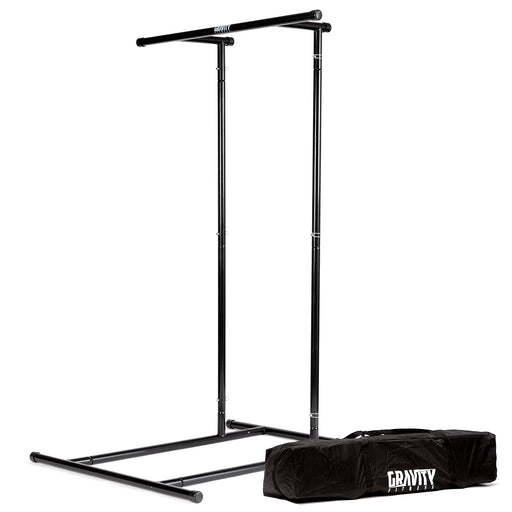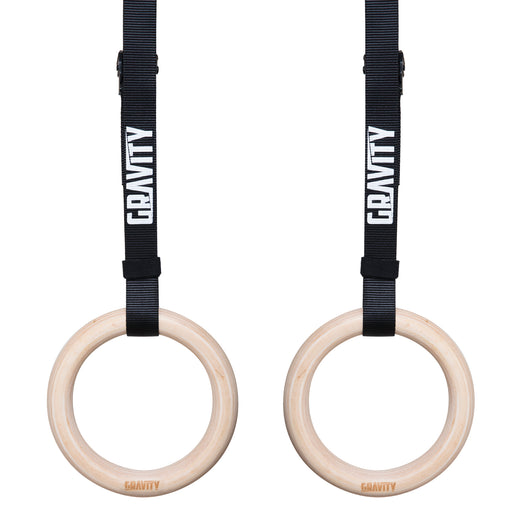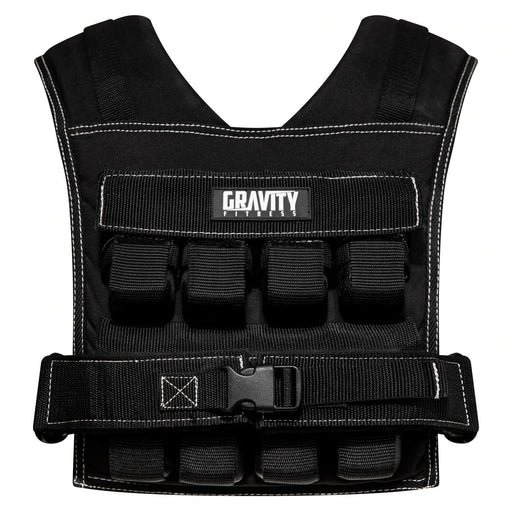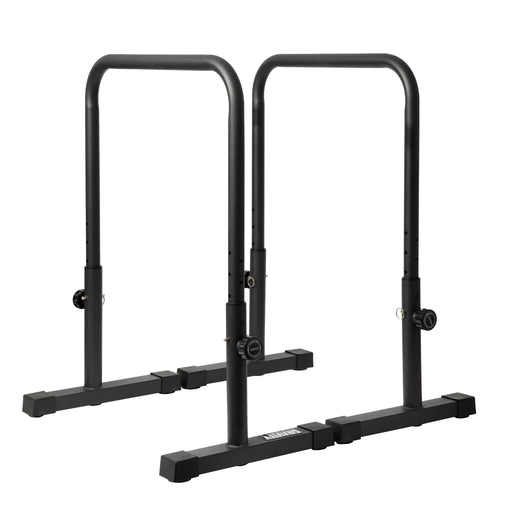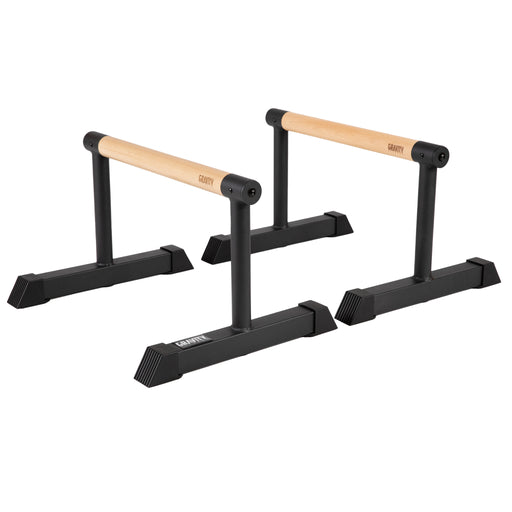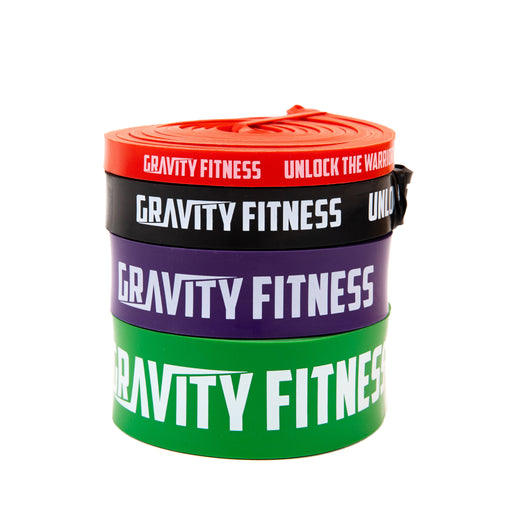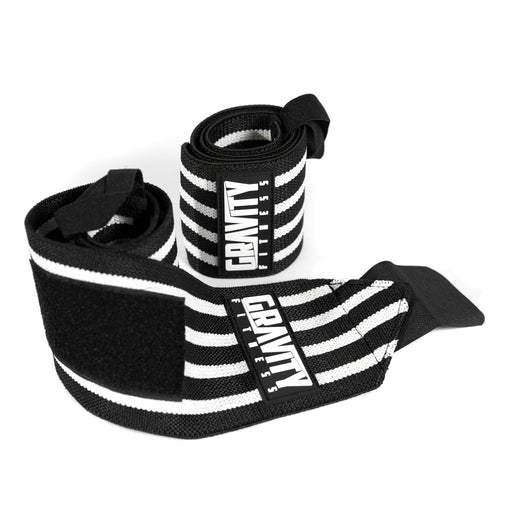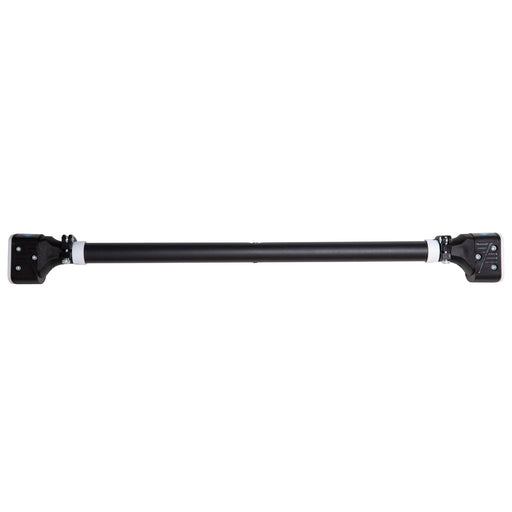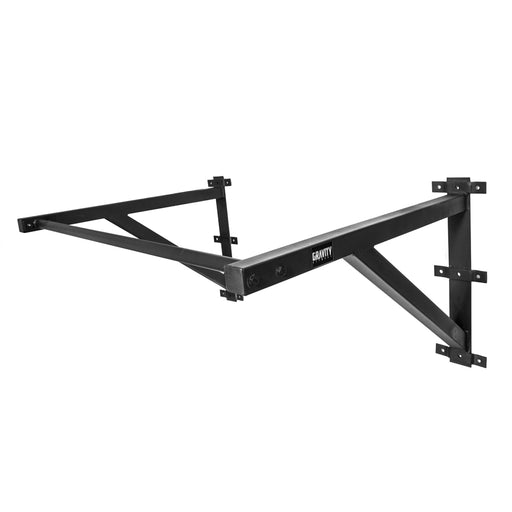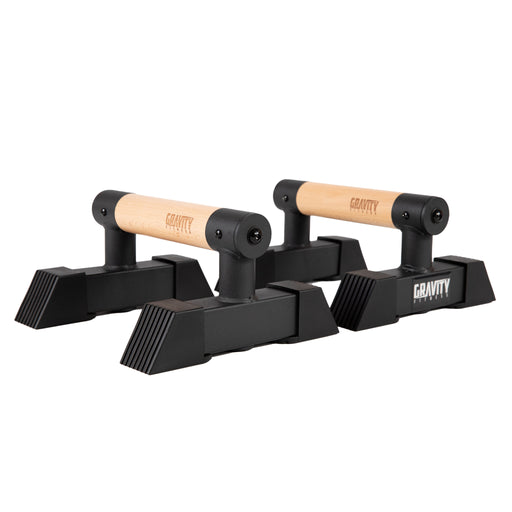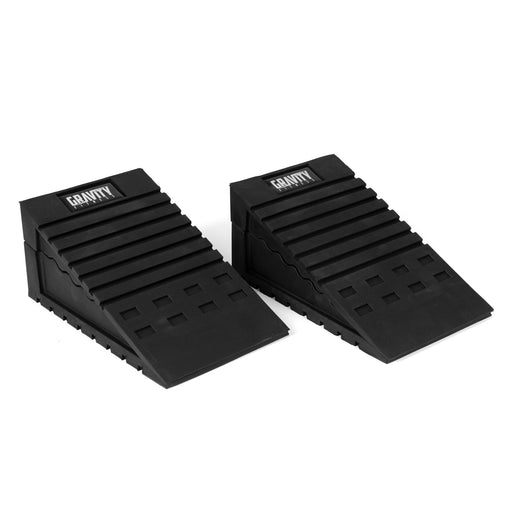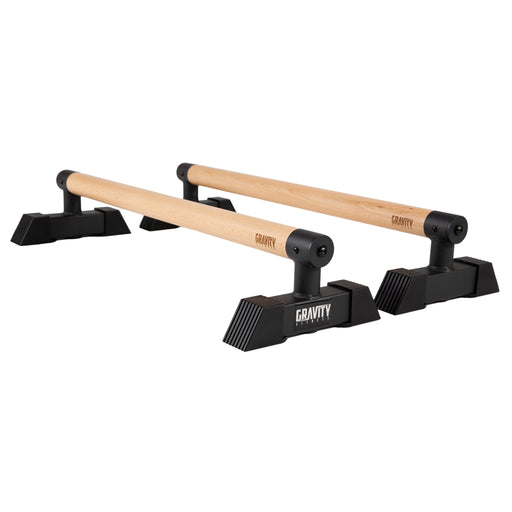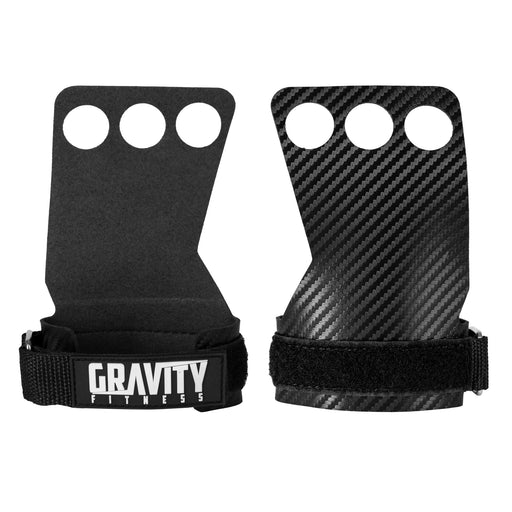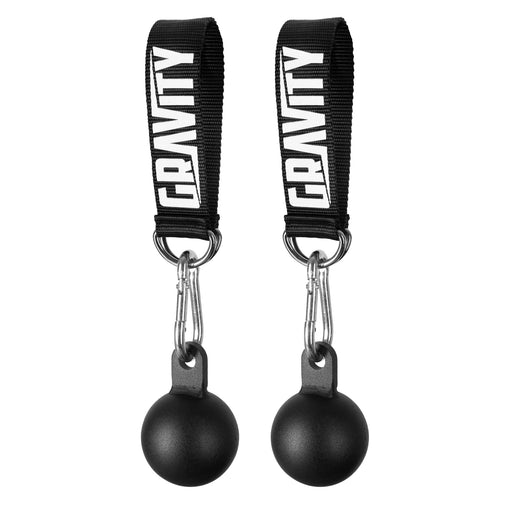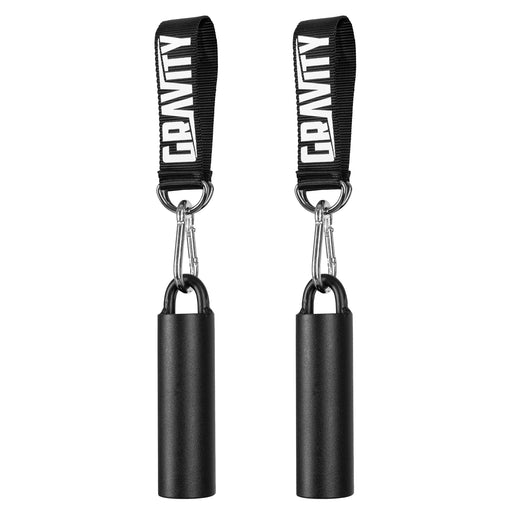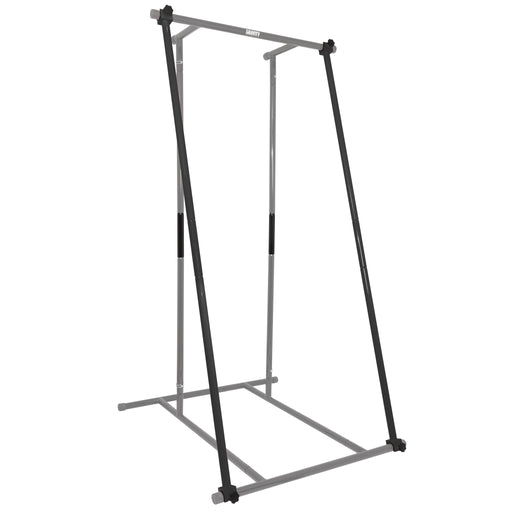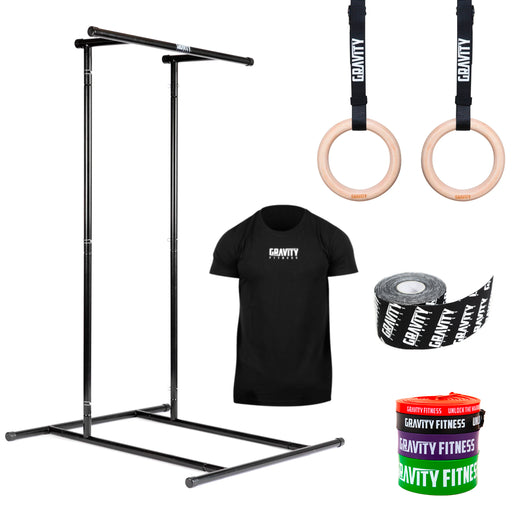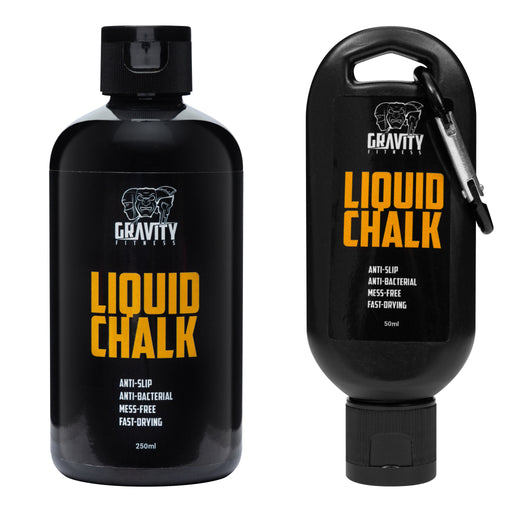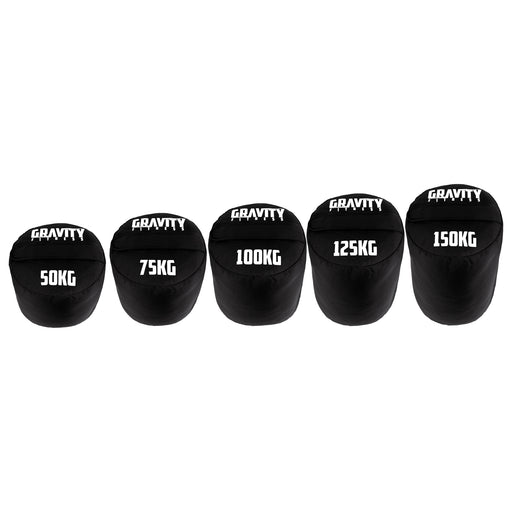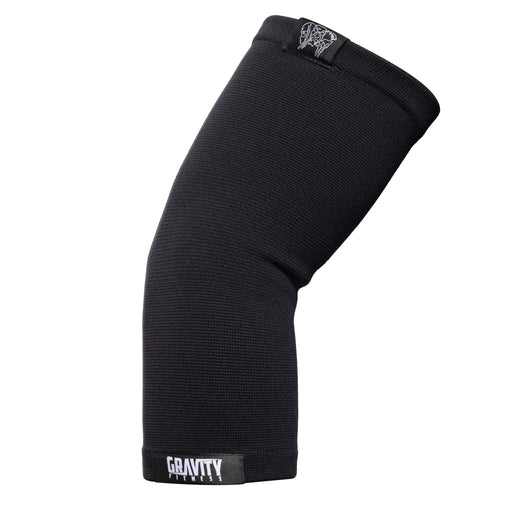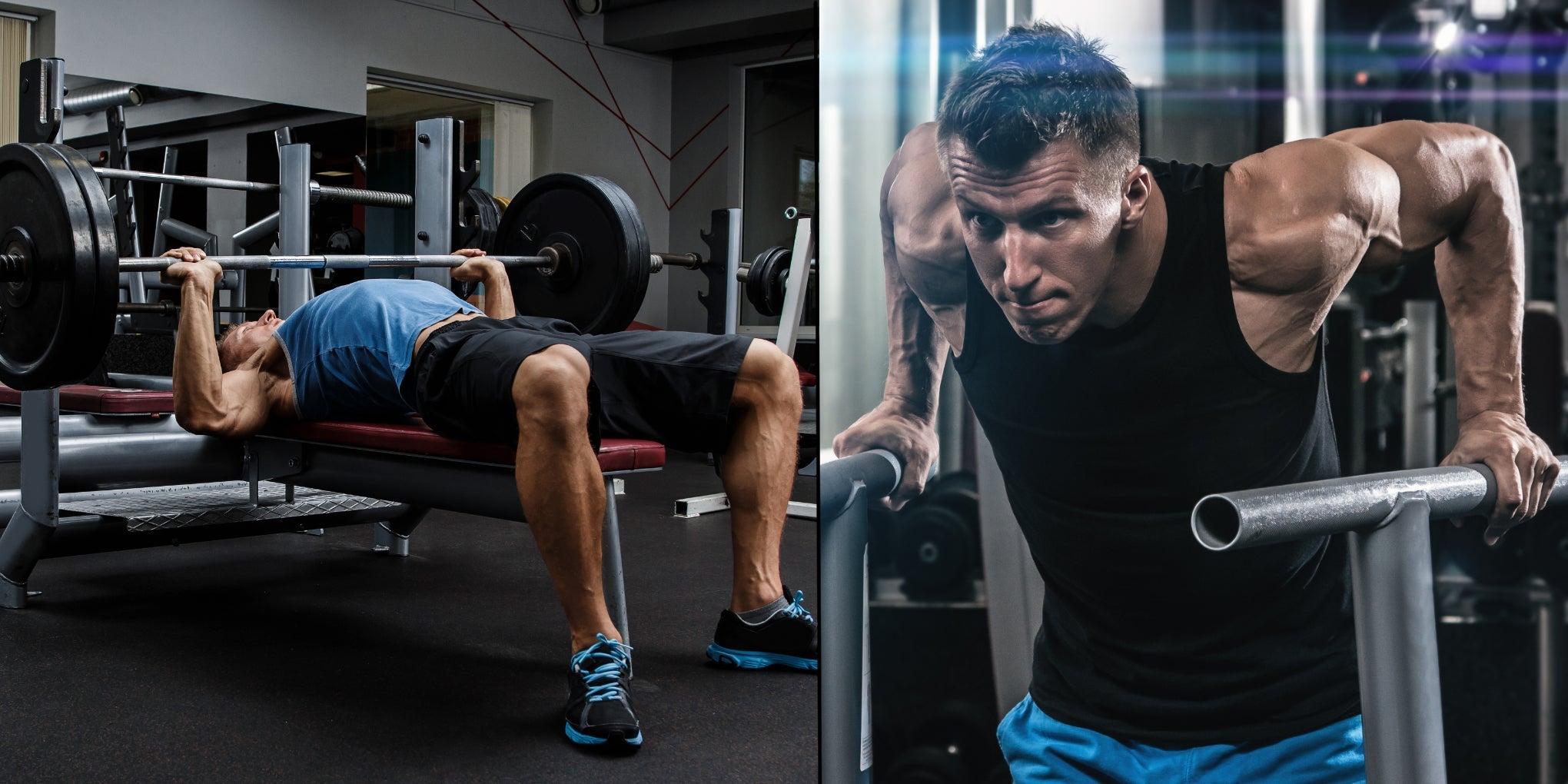
Dips vs Bench Press: Which Is Best?
Ask anyone in the gym what the ultimate chest exercise is, and nine times out of ten you’ll hear “the bench press.” It’s the classic test of upper body power, a lift that’s been the badge of strength for generations. But step outside the world of barbells and you’ll find another contender: the dip. Simpler, harsher, and brutally effective, dips have built levels of pushing strength that carry far beyond the bench press.
So which is best? The truth isn’t black and white. Each has its place, and the answer depends on what you value more: raw muscle mass or bodyweight dominance.
The Case for the Bench Press
There’s a reason the bench press sits at the centre of every strength program. It allows you to load the chest, shoulders, and triceps with more weight than almost any other pushing movement. For building muscle mass, it’s one of the best tools you’ve got. The barbell provides a stable path, meaning you can focus on progressive overload week after week without worrying about balance or coordination. That’s why bodybuilders, powerlifters, and athletes of every level keep it in their arsenal.
The bench press also builds absolute strength. Lying flat with your back braced, you can move substantial loads, and that capacity for force production translates into sports where power is crucial. In simple terms, if your goal is to pack size onto your upper body, the bench is hard to beat.
But there’s a limitation. The bench press locks you into a fixed position. You’re supported by the bench, pressing in one plane, with the bar controlling the path. That makes it a great muscle-builder, but less of a test of how strong you are in dynamic, real-world positions.
The Case for Dips
Dips are as raw as it gets, no bench, no spotter, no machine. It's just you against gravity. At first glance, they look simple, but anyone who’s spent time on the parallel bars knows they demand serious control. Your shoulders, chest, triceps, and core are all working, and unlike the bench, you can’t hide weak points.
The range of motion is also greater. At the bottom of a dip, your shoulders and chest are stretched far deeper than they are on a bench press. That longer range makes the dip brutally effective for strength and muscle development, provided your mobility can handle it.
Then there’s progression. Bodyweight dips are tough enough for beginners, but once you strap on a weighted vest or load plates on a belt, you unlock a movement that rivals the bench for pure strength gains. Elite calisthenics athletes are dipping with well over their own bodyweight attached, proving the ceiling is just as high.
Dips also have more functional crossover. They build vertical pushing strength that transfers directly to climbing, gymnastics, martial arts, and obstacle racing. They demand stability through the shoulders and elbows, training connective tissue in ways a supported bench never will. If the bench is about lifting the most, dips are about controlling your own body — and that counts for something.

Muscle vs Function
When the debate gets heated, it usually comes down to this: do you want to pack on muscle, or do you want to master your own body? The bench press is arguably the most effective for hypertrophy. You can add load in small, consistent jumps and drive chest and triceps growth at a rate few bodyweight movements can match. That’s why physique-focused athletes rarely drop it.
But if you want strength that carries outside the gym, dips edge ahead. They’re a test of relative strength, how strong you are compared to your own bodyweight. A 140kg bench press is impressive, but so is a set of strict dips with 60kg hanging off your waist. Each tells a different story.
Risk and Reward
Neither lift is without risk. The bench press is notorious for wrecked shoulders and pec tears when lifters go too heavy with poor form. Dips can punish you just as quickly if you drop into a depth your joints aren’t ready for. Both demand respect, discipline, and progression. Done right, both are safe. Done wrong, both can take you out of training fast.
What dips do better is expose weaknesses. Tight shoulders, poor scapular control, weak stabilisers, you’ll know instantly when you try to dip. That can make them feel unforgiving, but it also forces you to address the gaps in your strength.
Accessibility and Progression
The bench press requires equipment: a bench, a barbell, and usually a spotter. Without a gym, you can’t do it. Dips, on the other hand, are accessible almost anywhere. A set of bars in the park, a rig at home, or a pair of sturdy supports, and you’re ready to go. Progression is simple: start with bodyweight, move to tempo or ring variations, then add load with a vest or belt.
This accessibility makes dips one of the most versatile pushing movements you can train. They strip things back to the essentials: your body, your strength, and gravity.
Which Should You Choose?
If your primary goal is building muscle mass, the bench press still deserves its crown. It’s one of the most efficient tools for chest and triceps growth and remains a staple for good reason. But if your goal is to develop functional, transferable strength that holds up in any environment, dips should sit at the top of your list.
The real answer isn’t to choose one over the other but to understand what each offers. The bench gives you raw size and pressing power. The dip gives you mastery of your own body and a level of functional strength that carries everywhere.
At Gravity, we know which one we respect more. But both have their place, and the smartest athletes don’t see them as rivals, they see them as tools. The question isn’t dips or bench press. The question is which one serves your purpose right now, and whether you’ve got the discipline to own it.












